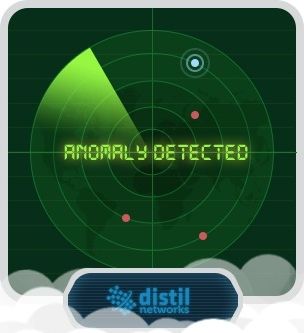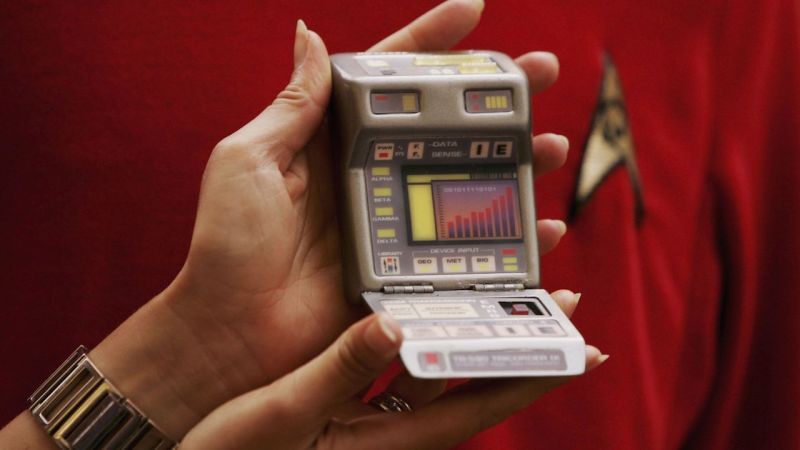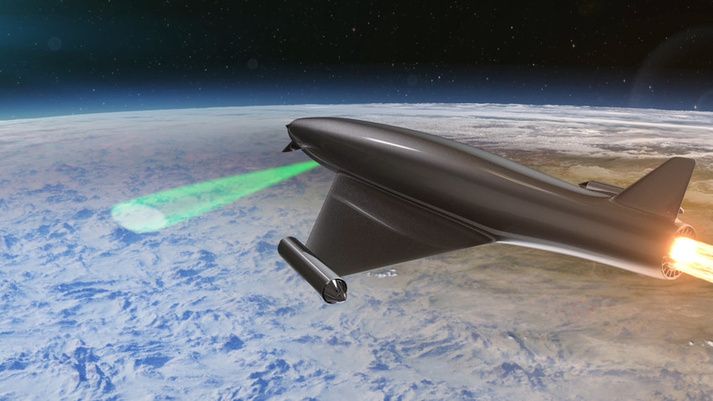Jan 17, 2017
‘5-D protein fingerprinting’ with nanopores could give insights into Alzheimer’s, Parkinson’s
Posted by Karen Hurst in categories: biotech/medical, engineering, neuroscience
Nice.
In research that could one day lead to advances against neurodegenerative diseases like Alzheimer’s and Parkinson’s, University of Michigan engineering researchers have demonstrated a technique for precisely measuring the properties of individual protein molecules floating in a liquid.
Proteins are essential to the function of every cell. Measuring their properties in blood and other body fluids could unlock valuable information, as the molecules are a vital building block in the body. The body manufactures them in a variety of complex shapes that can transmit messages between cells, carry oxygen and perform other important functions.

















